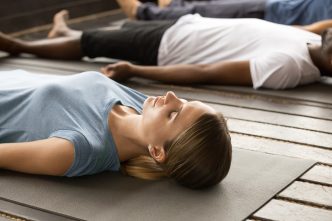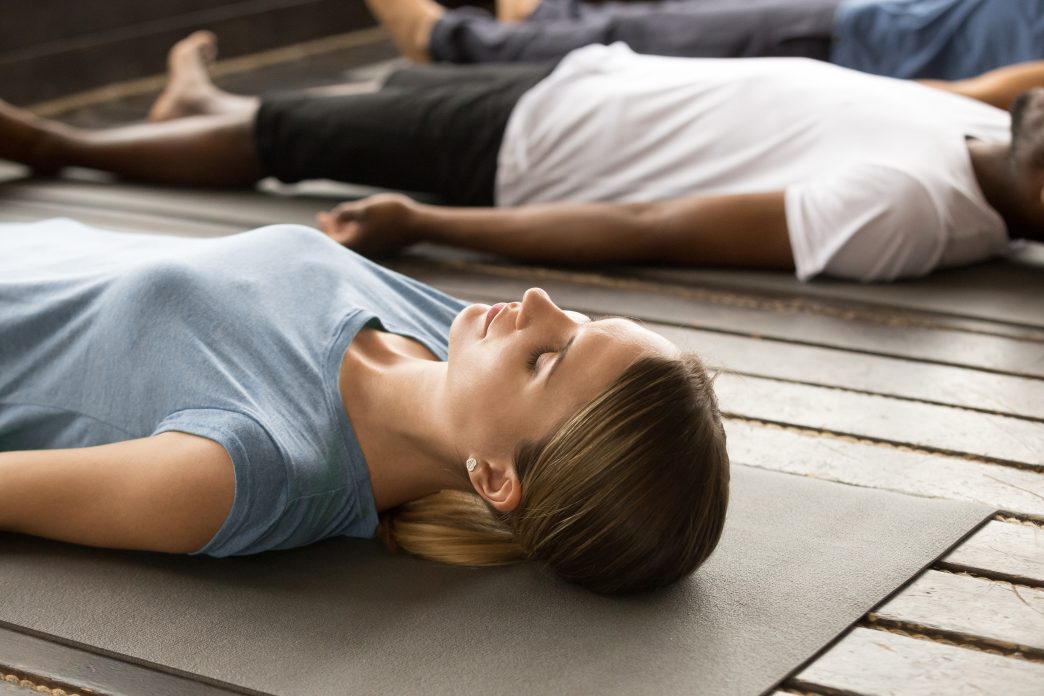Deep, controlled breathing is one of the simplest yet most effective ways to ease anxiety and calm the mind. Anxiety often triggers shallow, rapid breathing, which can increase physical tension and mental stress. Breathing exercises restore balance, lower cortisol levels, and activate the parasympathetic nervous system—the body’s natural “relax mode.”
This guide highlights several easy techniques you can use daily to reduce anxiety and cultivate a sense of calm.
Why Breathing Exercises Work
Breathing directly affects both body and mind. During anxiety, the body shifts into “fight-or-flight” mode, causing faster breathing and a racing heartbeat. Conscious breathing techniques help the body return to balance by:
- Lowering heart rate and blood pressure
- Boosting oxygen intake
- Enhancing focus and concentration
- Slowing racing thoughts and easing tension
Techniques for Relaxation
1. Diaphragmatic Breathing (Deep Breathing)
Sit or lie comfortably. Place one hand on your chest and the other on your stomach. Inhale deeply through your nose, letting your stomach rise while keeping your chest still. Hold for a few seconds, then exhale slowly through your mouth. Repeat 5–10 times.
2. The 4-7-8 Technique
Inhale through your nose for 4 counts. Hold your breath for 7 counts. Exhale slowly through your mouth for 8 counts. Repeat 4–6 times to slow breathing and calm the heart.
3. Alternate Nostril Breathing (Nadi Shodhana)
A traditional yoga practice for balance and relaxation. Close your right nostril with your thumb, inhale through the left nostril, then close it with your ring finger and exhale through the right. Alternate for 5–10 minutes.
4. Box Breathing
Popular among athletes and the military, this technique steadies the mind under stress. Inhale for 4 counts, hold for 4, exhale for 4, then hold again for 4. Continue for 5–10 minutes.
5. Extended Exhalation
Ideal during panic or high anxiety. Inhale deeply through your nose, then exhale slowly through your mouth for longer than the inhale. This activates the parasympathetic nervous system, promoting calm.
When to Use Breathing Exercises
- Before stressful events such as meetings or exams
- During moments of tension or panic
- As part of a daily wellness routine
- Before bedtime to improve sleep
Consistency is key. Practice for 5–10 minutes daily in a quiet, comfortable space. If discomfort arises, pause and return to natural breathing.
Final Thoughts
Breathing exercises are a powerful yet accessible tool for reducing anxiety and enhancing overall well-being. They require no equipment and can be practiced anywhere. Whether you’re managing stress or simply seeking more balance, these techniques can help you find calm in your daily life. Start today and experience the restorative effects of mindful breathing.
Photos: Freepik










